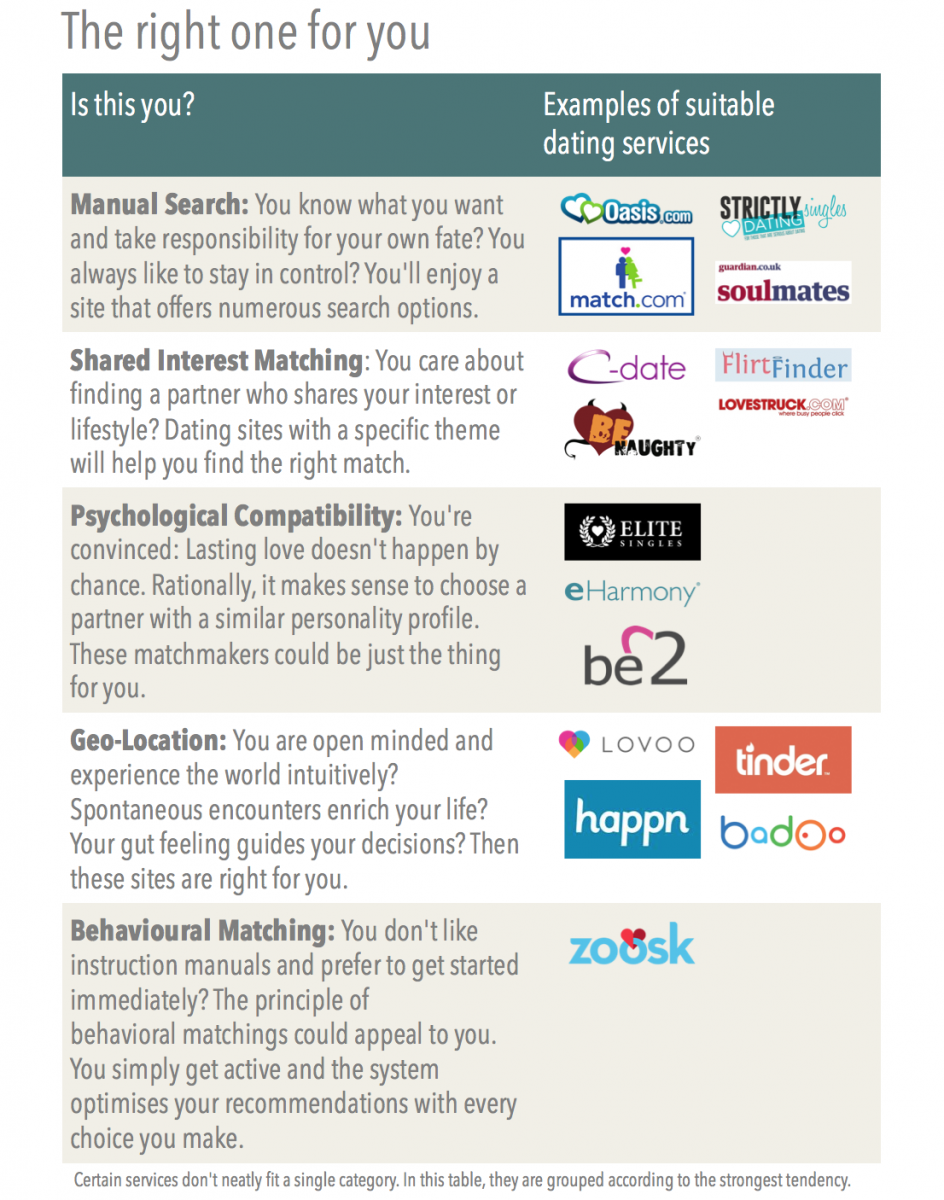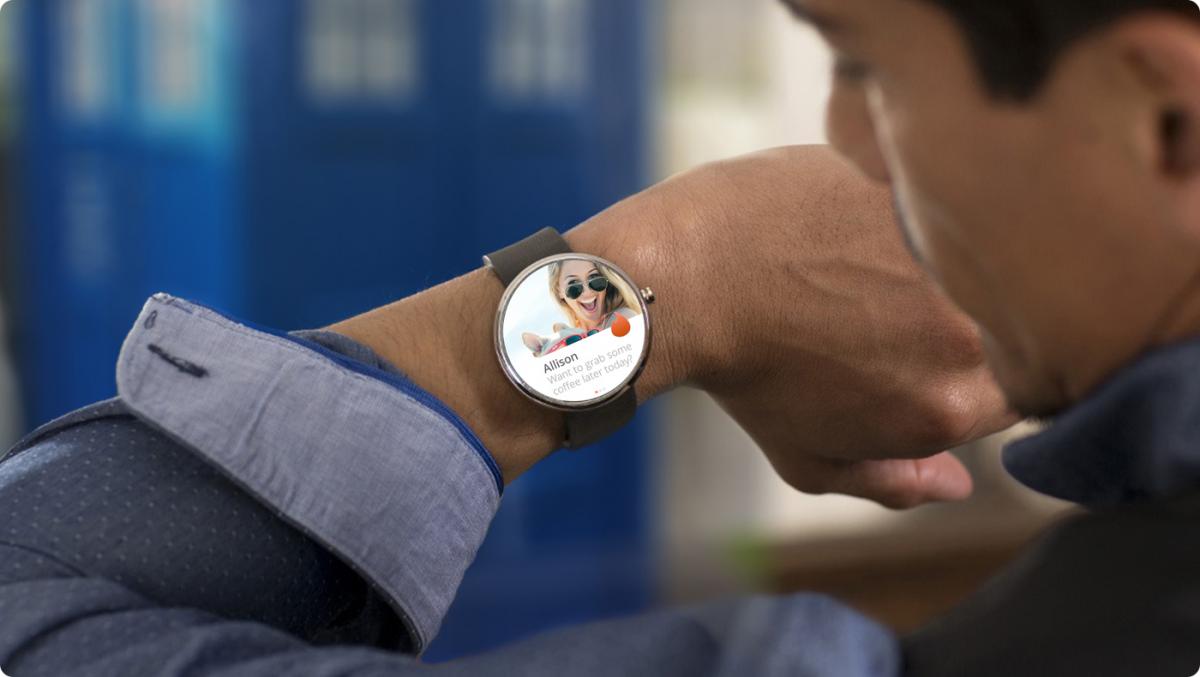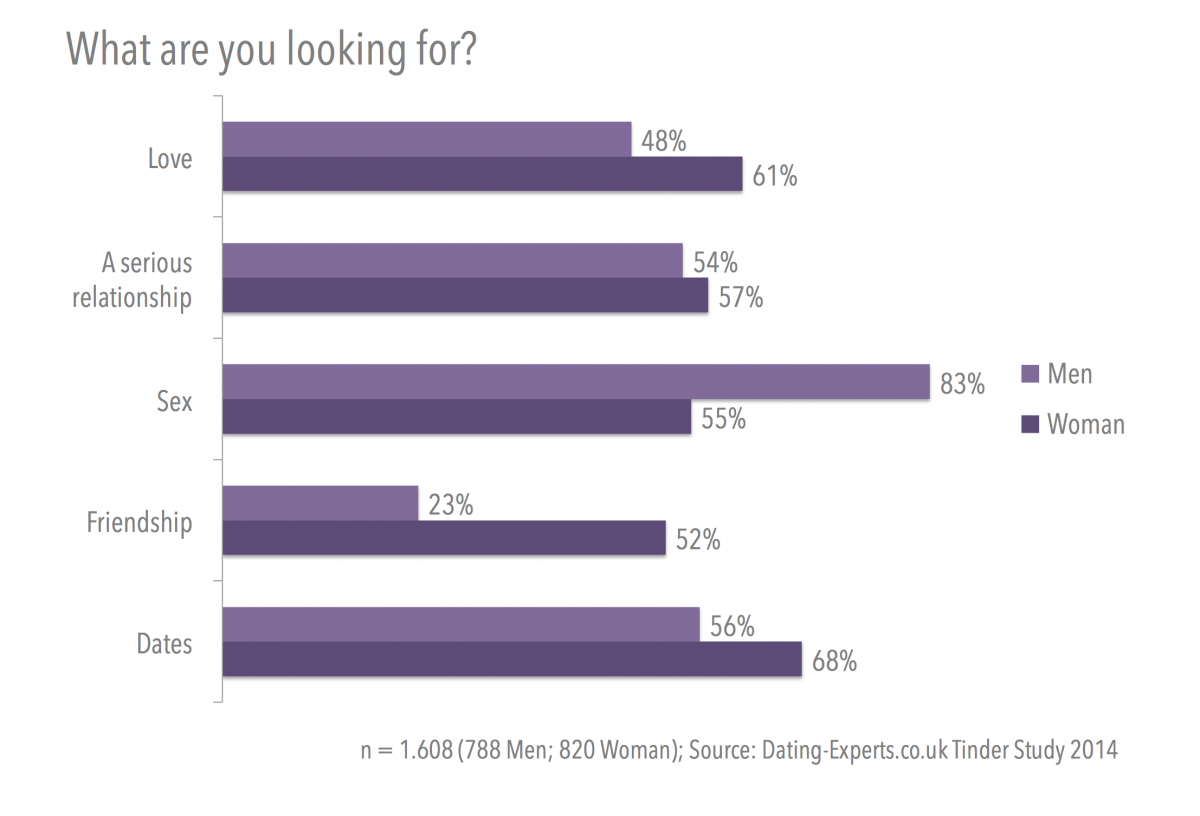Dating in 2015 - Trend Report - The CEO of Love

We wanted to get a glimpse of the future of online dating, so we quizzed 15 founders and/or CEOs of leading online dating sites and flirt apps on future developments and trends. The combined knowledge of these dating industry insiders, combined with recent studies, statistics and market monitoring, have resulted in the CEO of LOVE Trend Report 2015.

The full report can be downloaded here.
The main findings and discussion points of the trend report at a glance
- Love remains the ultimate goal even for people on hook up sites: Despite the rise of casual apps like Tinder, singles are still mainly searching for love through online dating. (Chapter 1)
- The majority of the CEOs of LOVE we interviewed consider efficient matching algorithms to be critical to their success. However, the individual matching philosophies of online dating providers vary greatly and it is not always clear how they function. (Chapter 2)
- Wearables: A new brand of hook up technology. Imagine be able to hook up and match with people just by walking down the street. – Most of our CEOs believe it’s not a question of if, but when and speculate on how long we will have to wait for these technologies to become transformative (Chapter 3&4)
- Super-computers and ‘Big Data’ could transform our chances of finding a soulmate. Our CEOs believe in the potential of the next generation of computing to transform matchmaking into a real science where computers might know us better than we know ourselves. (Chapter 5)
- The end of Free. Access to free dating apps is a phase in the industry that is on the wane. All our respondents believer that, long term, well-established services will revert to a paid for model. (Chapter 6)
- Women are the real winners of the rise in online dating. Online dating is increasingly making women the active agent in the dating game. No longer do they have to ‘wait to be asked’. Our CEO’s speculate on what growing numbers of female members means for their businesses and for feminism. (Chapter 7)
Abstract: The following is a condensed preview of the contents of the report
Chapter 1 All you need is love – now more than ever!
Despite the growing popularity of hookup apps, the ultimate goal for singles is love – and a fulfilling relationship.
Tobias Börner, CMO at LOVOO says:
“Dating has become very flexible. You can meet new people anytime, anywhere. Dates can be arranged spontaneously and the choice of potential partners is huge.Of course people like to take advantage of the possibilities, which gives the impression of ever changing partners. Maybe they do, but the desire for a more permanent connection remains. At LOVOO we know that the majority of users want a permanent relationship based on faithfulness and trust.”
Even if people continue to seek relationships, attitudes to non-committal sex seem to have changed in recent years. Heinz Laumann, founder of C-date, explains:
“People have also changed their attitudes towards relationships and are more willing to switch partners. This is a very healthy thing. People tend not to stay trapped in long dysfunctional relationships, but instead get to break out and potentially live more happy lives than they did in the past. People are also getting married much later in life and many spend ten or fifteen years as ‘singles’ before they tie the knot. This does not mean that they don’t have any sexual life, but rather that they have more relationships and are seeking more sexual contacts.”
Even our Tinder study confirms that the love has not gone out of fashion. Despite the fact that 69% of respondents are looking for sex, the second most popular choice, at 55%, is love.
Chapter 2 matching algorithms and methods are critical to success
The vast majority of CEOs interviewed stressed the relevance of their own matching technologies and algorithms. The various matching technologies and philosophies are what really makes the difference between individual dating sites and apps.
Our matching scale shows the most common mechanisms and helps identify the correct category, depending on a user’s preferences.

Chapter 3 & 4 wearables and iBeacons to change the way we date

Wearables and iBeacons are already major tech trends. With the launch of the Apple Watch in 2015, wearables could finally become more widely adapted. iBeacons are already being used in the retail sector, but uses in online dating are the logical next step. The trend report lists current examples to show how these products and technologies could make life even easier for singles in the future.
The CEOs are optimistic about this development and predict a massive boost. Examples:
Shayan Zadeh, Zoosk CEO:
"I can see dating apps being used in wearable technology in 3-5 years from now."
Tobias Börner, CMO, LOVOO:
“In the near future, technologies like iBeacons and Wearables will take location based dating to a new level. They will show who crossed my path during the day. Apps will be able to analyse a user’s location and preferences better and update them as soon as someone they might be interested in is nearby. Apps will also communicate with locations (like bars, clubs or boutiques) to suggest dating points to the user.“
But some are more skeptical like Sigurd Vedal, CEO, Victoria Milan:
“In my opinion even the creators of wearables are not yet sure if they’re going to change anything. For now we only have some smart watches that basically duplicate minor smartphone functions, Google Glass that is raising complaints in regard to privacy all over the world and dozens of other gadgets that enable people to do this or that. So right now I wouldn’t say that wearables are going to change anything in dating soon - unless someone develops some killer function or device that will be a true and useful innovation.”
Chapter 5 Data for Dates: Could computers get better than us at choosing the right partner?
The increasing volume of data and advanced analytics, which process large amounts of data in real time, help us combine different sources of information and extract new valuable knowledge for customers, especially when it come to finding them the perfect match:
be2 CEO Carsten Bölz:
"The predictive capability of our product is likely to get much higher over the coming years, through every stage of the customer lifecycle, but especially for matchmaking."
Sigurd Vedal, CEO of Victoria Milan:
“In three to five years we will be able to match people in a more precise way, to an extent where they don’t even have to search to find a perfect fit.....there’s a whole lot of data and unique decision streams to analyse in order to make it happen. Whoever does it first will dominate the dating industry."
Dr. Kang Zhao from the University of Iowa believes that analysing our dating behaviours in a similar way to which online retailers analyse our consumer habits, is a more effective way for us to know our real - as opposed to imagined - preferences: "a man who says on his profile that he likes tall women may in fact be approaching mostly short women, even though the dating website will continue to recommend tall women"
Chapter 6 The end of free. The boom in free flirt apps may not be sustainable, but it does attract new user groups to online dating
In recent months we have seen a proliferation of free flirt apps. Tinder in particular has spread like wildfire. However, the CEOs we interviewed overwhelmingly saw these free models as short terms marketing approaches that will eventually be monetised. They also tended to see the popularity of these apps not as a threat to their own businesses, but as an opportunity.
Sigurd Vedal, CEO of Victoria Milan, doubts the long-term staying power of free apps:
"Tinder and other free apps still have to make money in order to change the business. Right now the hype is huge, but it’s not followed by money. A business can’t live on investor money only."
Heinz Laumann of C-date agrees, pointing out the inevitable:
“All these sites will eventually start charging. We can see this with Tinder starting paid for Premium services or Plenty of Fish doing the same thing. There are lots of free sites and applications out there trying to grab market share, but eventually the funding will come to a halt. It’s great that people are doing this and we can learn from the innovations that come with it, but in the end most dating sites cannot function on advertising revenues alone.”
be2 CEO Carsten Bölz explains his take on Tinder:
“To my eyes Tinder is targeting a totally different segment of the market and is not a direct competitor. I am focused on providing a high value service to cater for a particular set of needs. My customers are a very different type of people to those being served by Tinder. If anything Tinder looks like a positive for the whole industry and we can be happy about the number of new users that Tinder is bringing to online dating for the first time."
Chapter 7 Women take control of thier relationships and dictate online dating trends

“A strong trend we are observing now is connected to ongoing female emancipation. We are seeing more and more women grabbing what they want and need. They are pickier and not afraid to make bold decisions or say no. This has also caused men’s behaviour to change. Men have realised that they are not going to impress women easily. Thanks to that there is more value for everyone.” - Sigurd Vedal, CEO of Victoria Milan
A new-found confidence and women's growing independence in all areas of their lives have had a strong influence on dating trends and the resulting products. Social media platforms give women the chance to defend themselves publicly against the misogyny and rude behaviour they face when online dating.
On Tumblr, Instagram, Facebook and Twitter, the most outrageous, offensive, obscene or sexist messages from men can be shared publicly. The makers behind various “vigilante” projects want to make the harassment that women experience to be made public as a defense against the actions of certain men. It remains to be seen whether the resulting media discussion will bring about any real change.
The full CEO interviews are available on this page.
Images source: Eugenio Marongiu - Fotolia.com; Voyagerix - Fotolia.com; Jelena Stellaard, Tinder Blog
Submitted by George Sanders on


